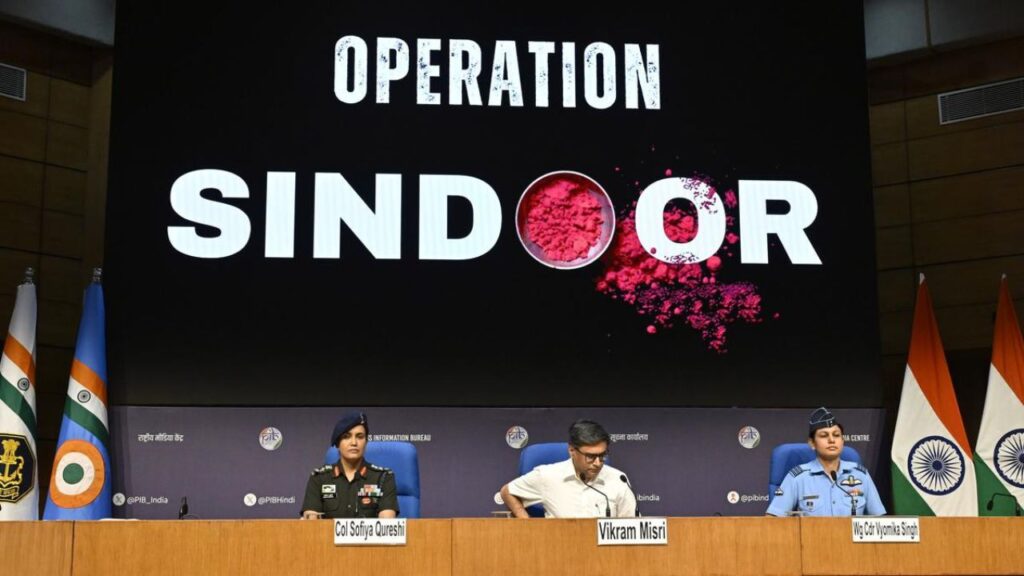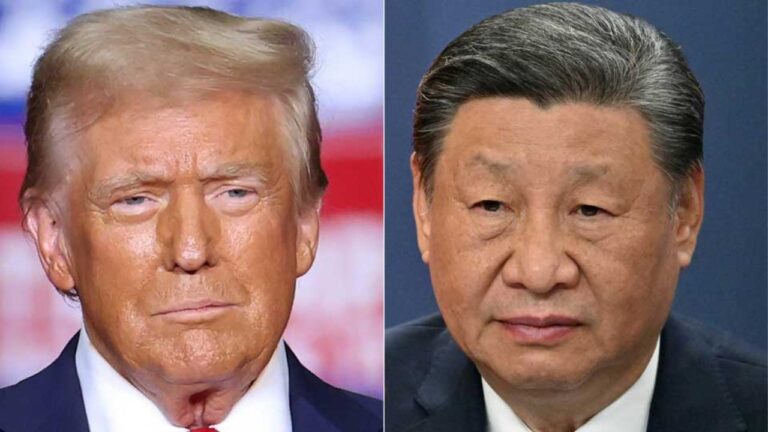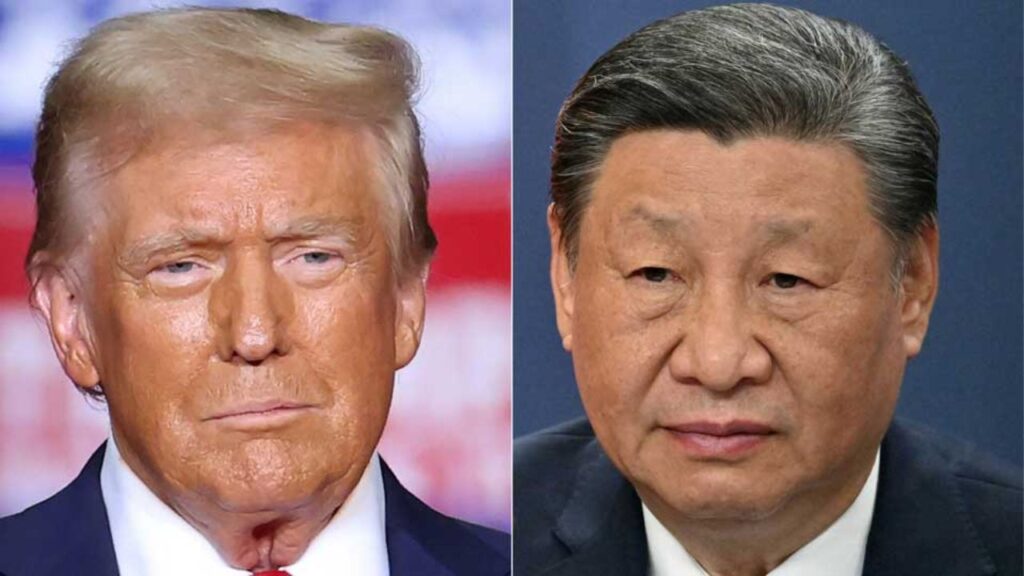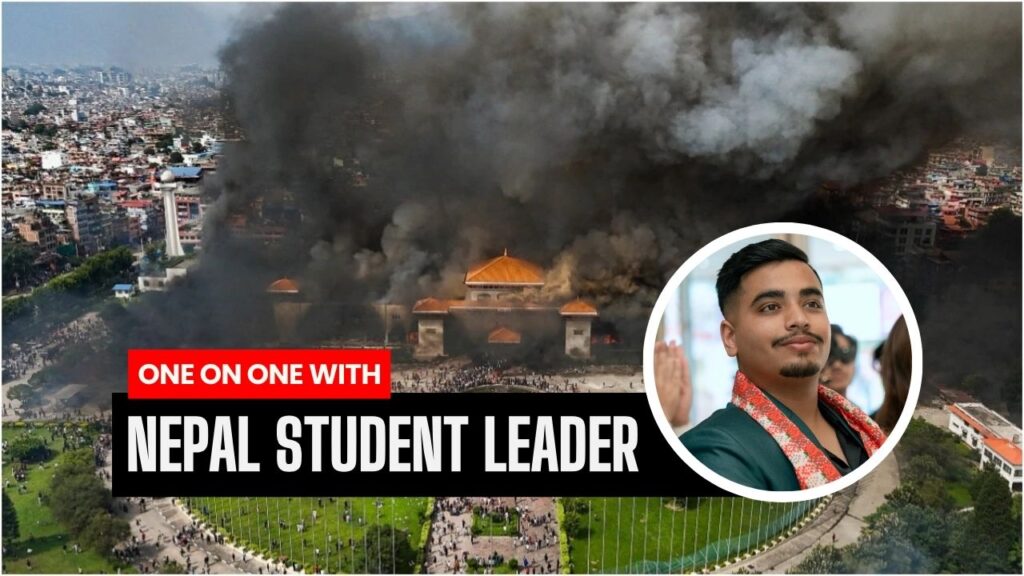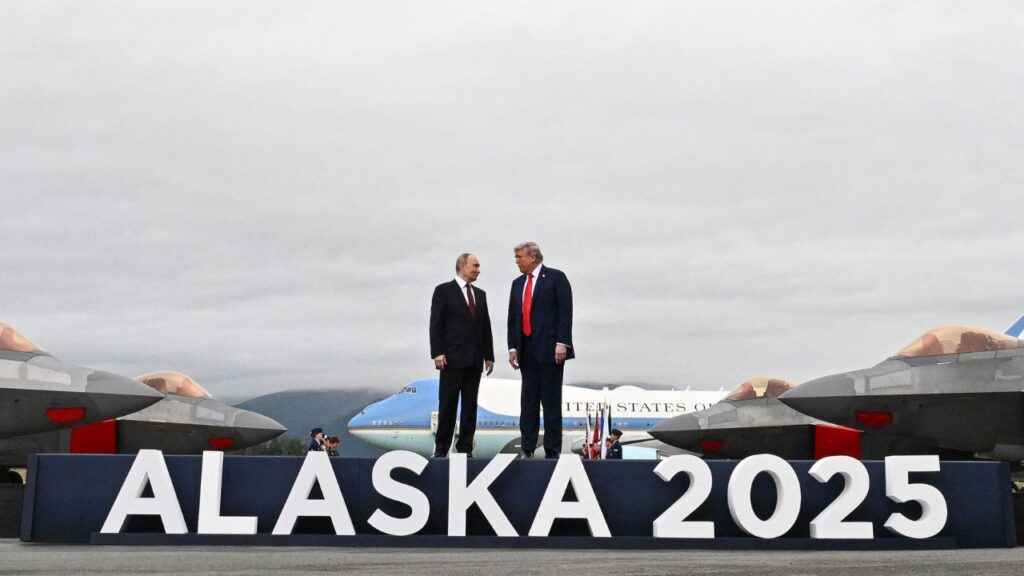So, the storm has finally settled, for now. India and Pakistan have once again stepped back from the brink after a tense week in the subcontinent. But to anyone familiar with the region’s history, this cycle of confrontation is nothing new. Since time immemorial, it has remained one of the world’s most volatile zones with a simmering hostility that often threatens to boil over.
At the heart of this instability lies a stark truth: Pakistan’s long-standing policy of state-sponsored terrorism. To understand the present, we must revisit the past — a past that Pakistan has never truly left behind.
On September 22, 1965, in the aftermath of the second Indo-Pak war, Pakistan’s Foreign Minister Zulfikar Ali Bhutto delivered a dramatic address to the UN Security Council, declaring that Pakistan would “fight for a thousand years” against India. This theatrical defiance eventually took on a darker shape. Years later, under the military regime of General Zia-ul-Haq, who ousted Bhutto in a coup and later had him executed, that defiance was formalized into a military doctrine: “Bleed India through a Thousand Cuts.”
It was a strategy rooted not in conventional warfare, but in asymmetric aggression— proxy wars, cross-border terrorism, and covert operations. The objective was clear: destabilize India without provoking full-scale war.
One cannot discuss Pakistan’s foreign policy, particularly towards India, without acknowledging where power truly resides. It is not in Islamabad, but in Rawalpindi, home to Pakistan’s military headquarters. Pakistan has never allowed a democratically elected Prime Minister to complete a full five-year term.
Time and again, the generals have pulled the strings behind the scenes, and on multiple occasions, assumed direct control of the state. Foreign and security policy, especially vis-à-vis India, has long been the military’s domain — often dictated by self-interest and strategic paranoia rather than national welfare.
The recent terror attack in Pahalgam, where innocent civilians were gunned down, is the latest reminder of this enduring doctrine. But it is by no means an isolated incident.
Consider the trajectory:
• The 2001 Indian Parliament attack
• The 2008 Mumbai attacks
• The 2016 Uri attack
• The 2019 Pulwama terror attack
• And now, Pahalgam
Each attack bears the hallmark of Pakistan-based terror groups such as Lashkar-e-Taiba and Jaish-e-Mohammed— organizations that enjoy well-documented links to Pakistan’s security establishment. These groups operate with impunity, protected by networks embedded in religious institutions and intelligence agencies. Pakistan’s Defence Minister Khawaja Asif said that their Madrasa children are Pakistan’s second line of defence.
India’s response to Pahalgam reflects a shift— not just in rhetoric, but in doctrine. This is not the India of 1999 or 2008. A clear strategic message has emerged: the cost of terrorism will no longer be absorbed silently. In the past, New Delhi’s approach revolved around diplomatic isolation and international pressure. But in a world of shifting alliances and realpolitik, those efforts yielded limited returns.
Today, India has embraced a more assertive posture. Retaliation— whether through intelligence operations, surgical strikes, or defensive preparedness— is firmly on the table. Crucially, India no longer views Pakistan’s nuclear deterrent as a strategic shield for its terror proxies. National security now supersedes strategic restraint.
India’s armed forces have demonstrated remarkable vigilance and capability in recent weeks. Reports suggest that over 400 drones were intercepted across the Line of Control. A Pakistani F-16 was reportedly shot down. A missile aimed at the Golden Temple was neutralized before it could reach its target. These are not just tactical victories. They are signals— to adversaries and allies alike— that India is prepared, resolute, and unwilling to compromise on the safety of its citizens.
The current lull may feel like peace, but it rests on shaky foundations. The doctrine of a thousand cuts has lost much of its potency, but its continued pursuit could prove suicidal for those who still cling to it. If provoked again, India may respond not just with restraint, but with overwhelming clarity.
For Pakistan, the choice is stark: recalibrate or risk consequences it can no longer afford to control. Because when a doctrine fails to bleed the enemy, the blade eventually turns on the one who wields it.
Devdutt P.P. writes on geopolitics, international and strategic affairs. His particular area of interest lies in covering global events and India’s role in the changing world order.
Disclaimer: The views and opinions expressed in this piece are those of the author and do not necessarily reflect the views of the editorial board or the organization.

